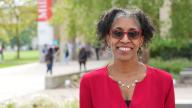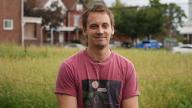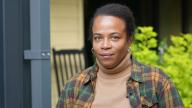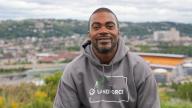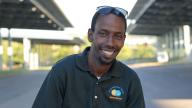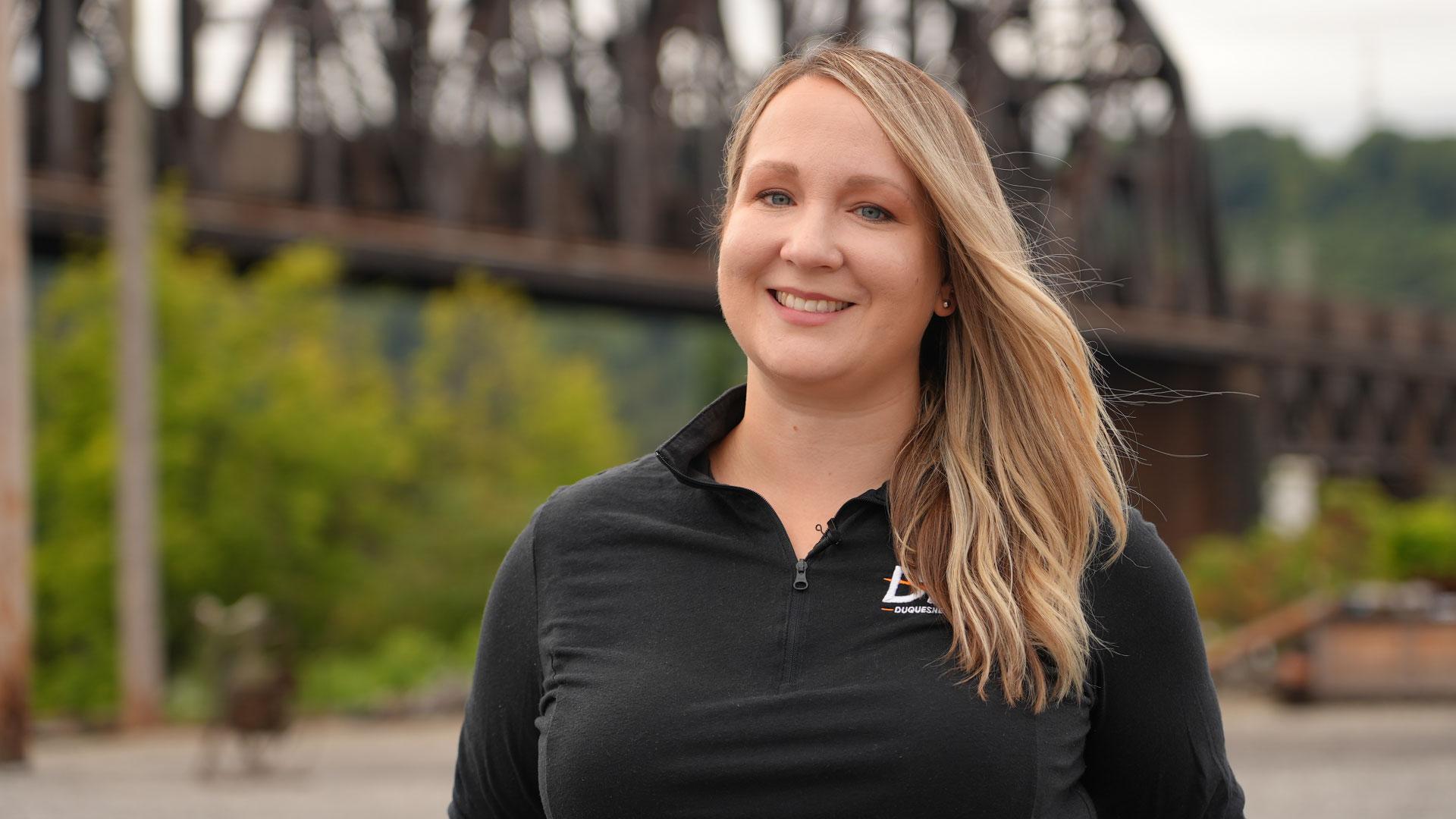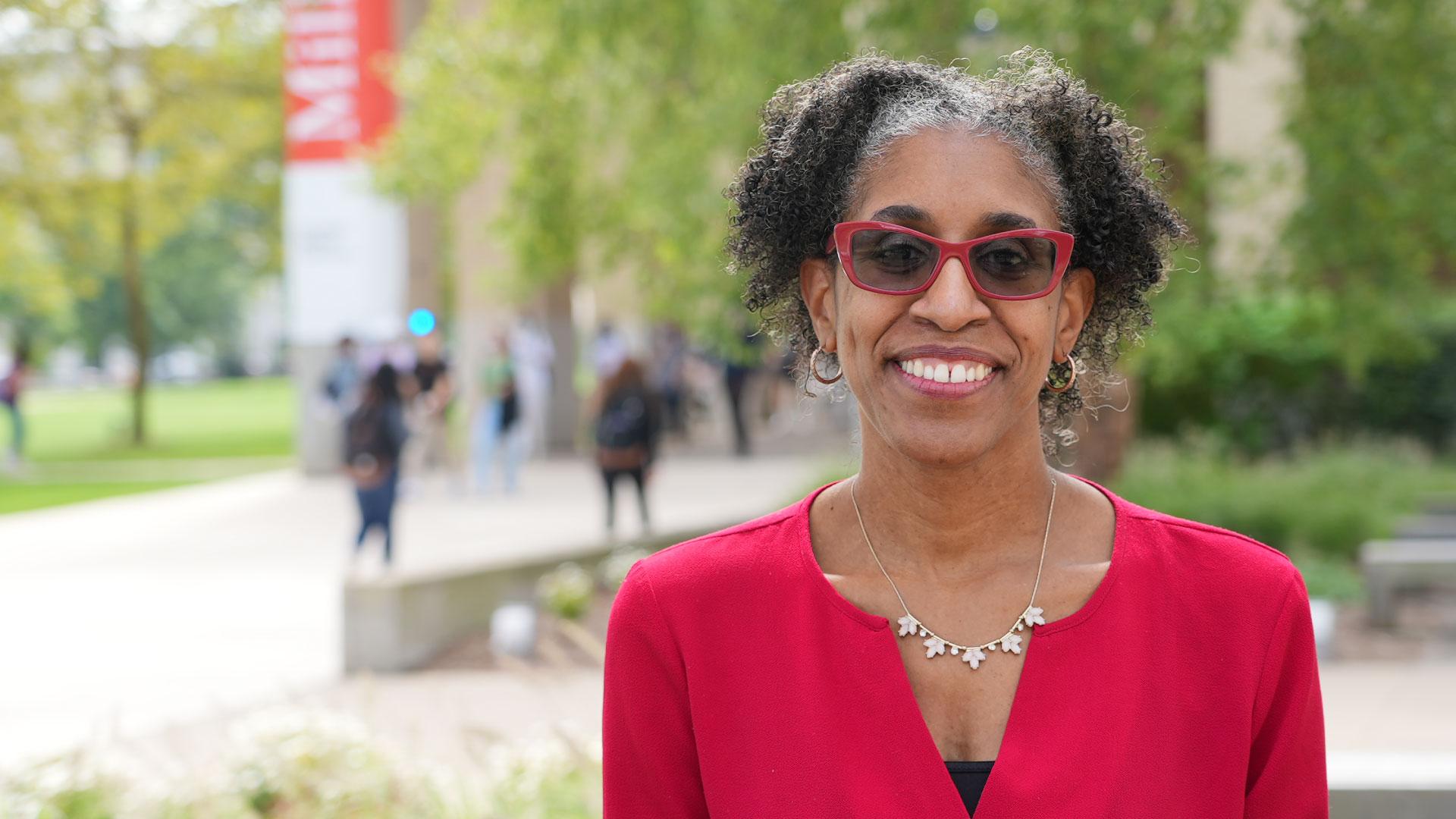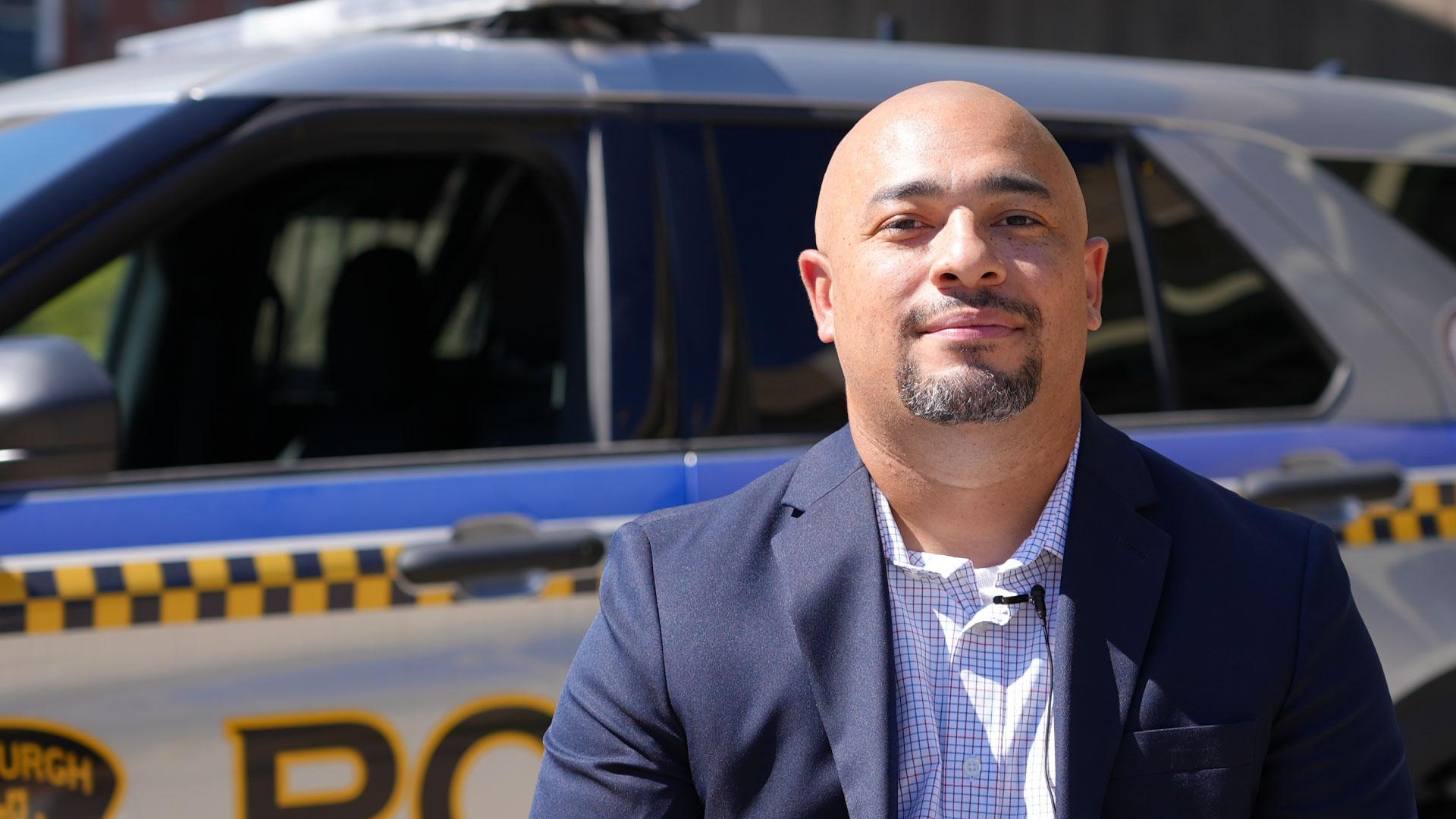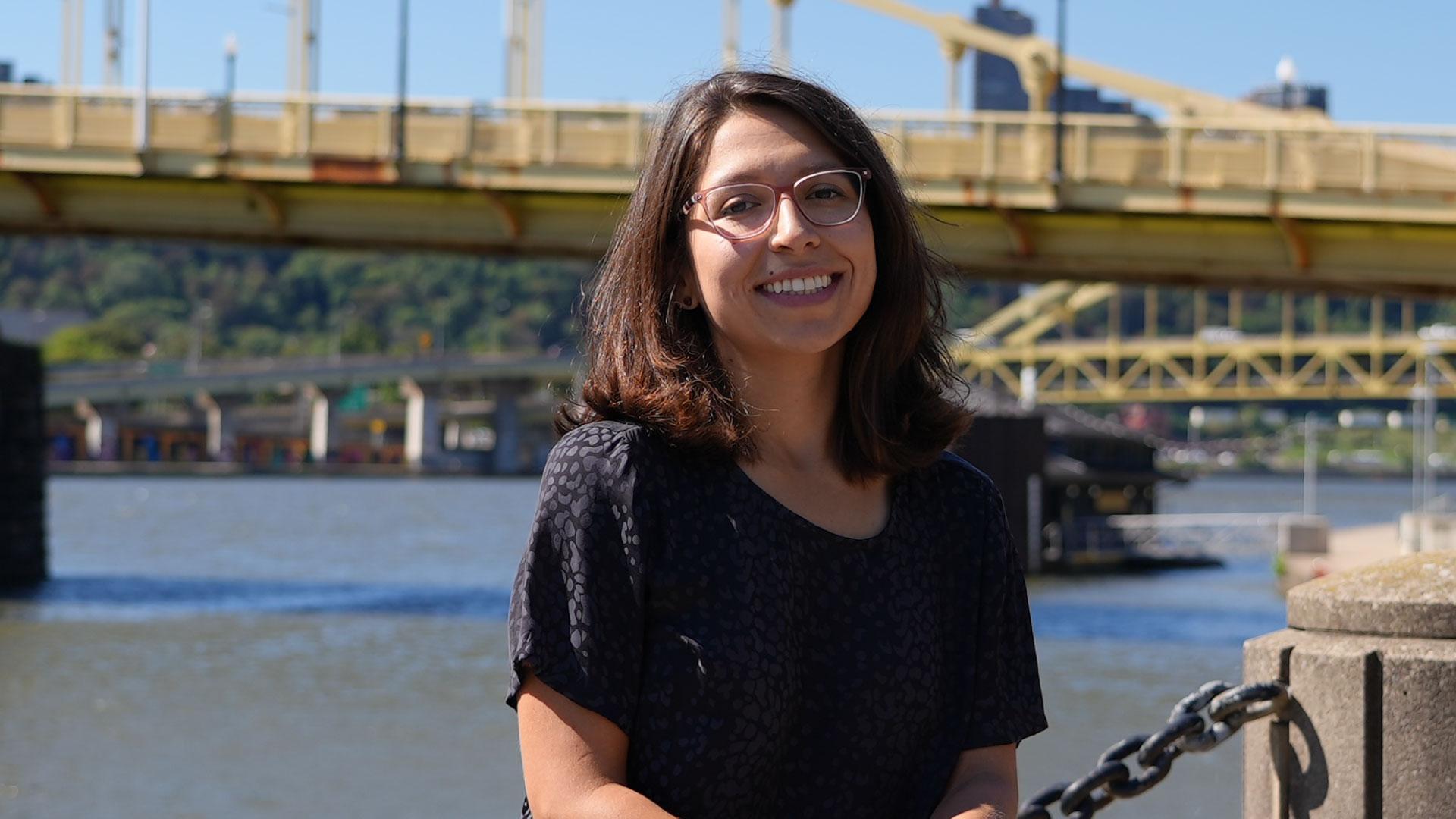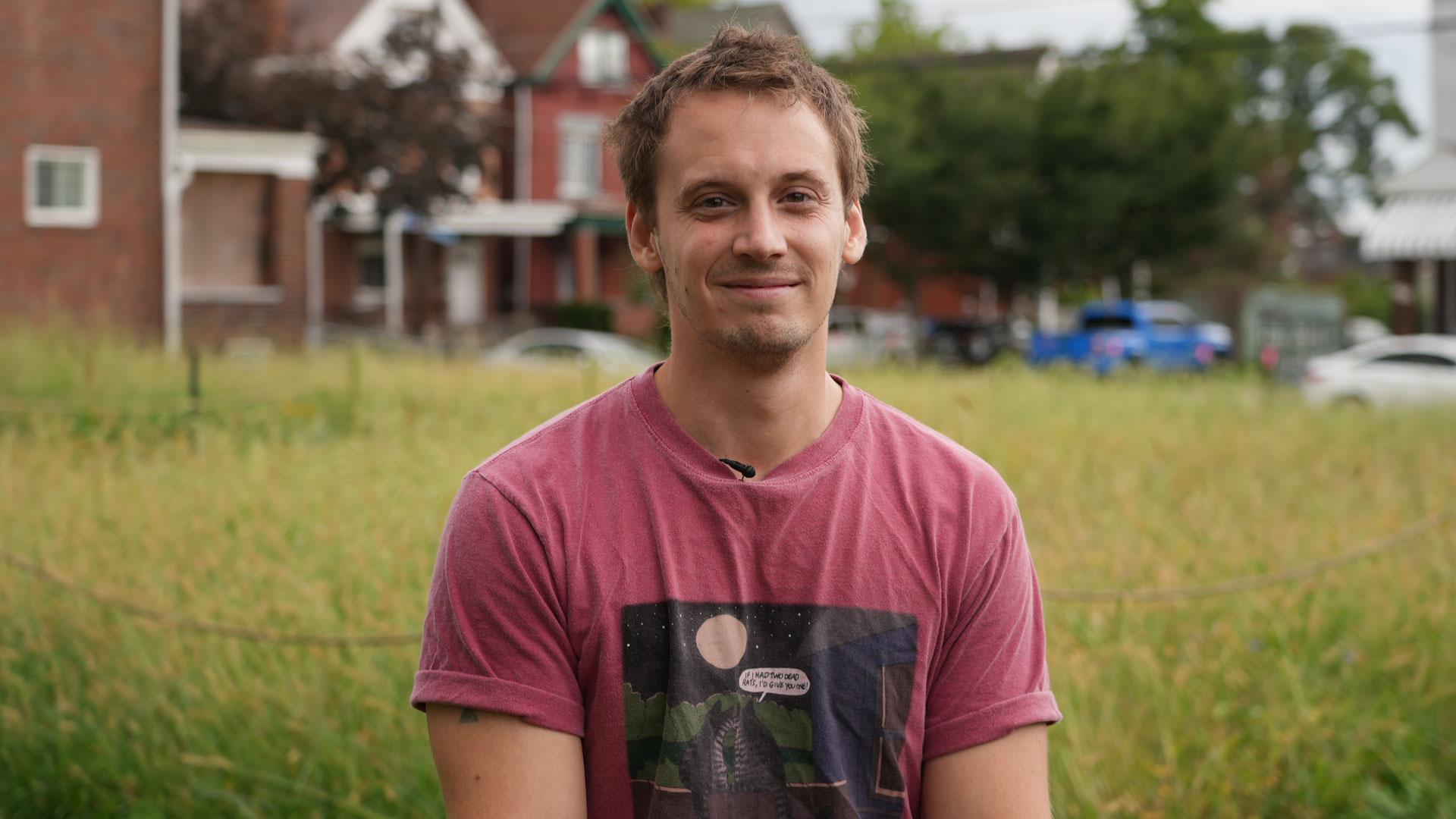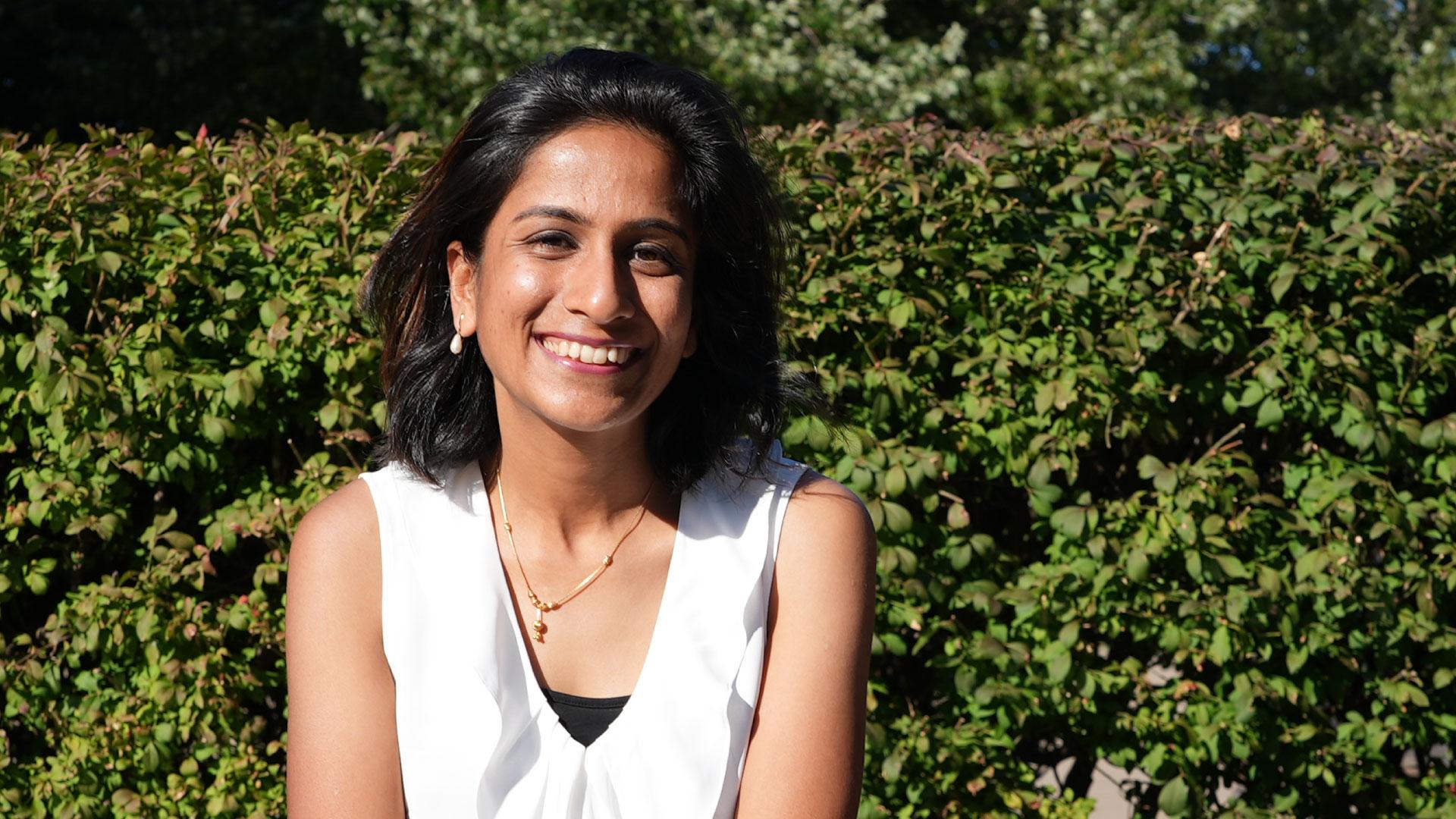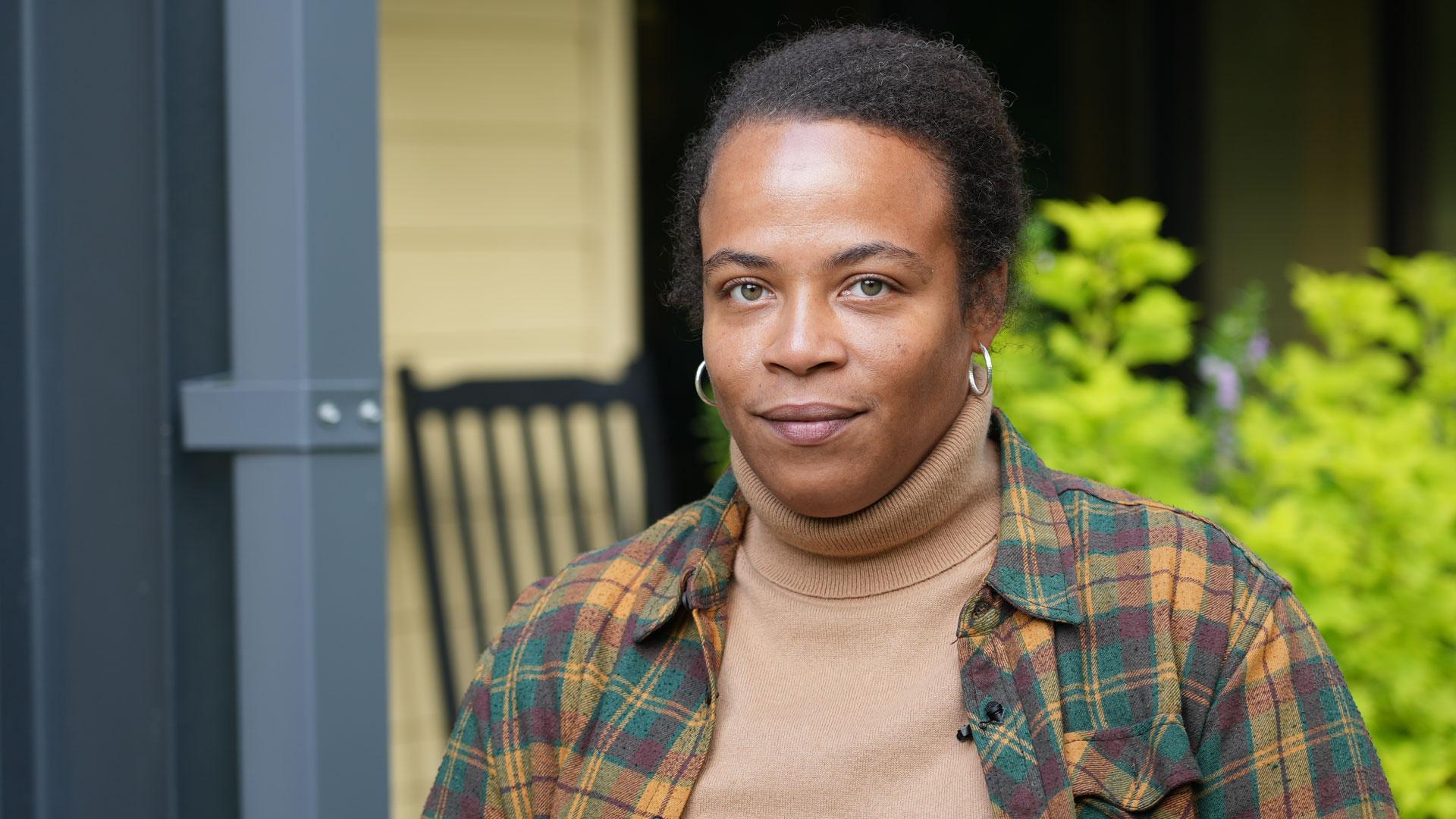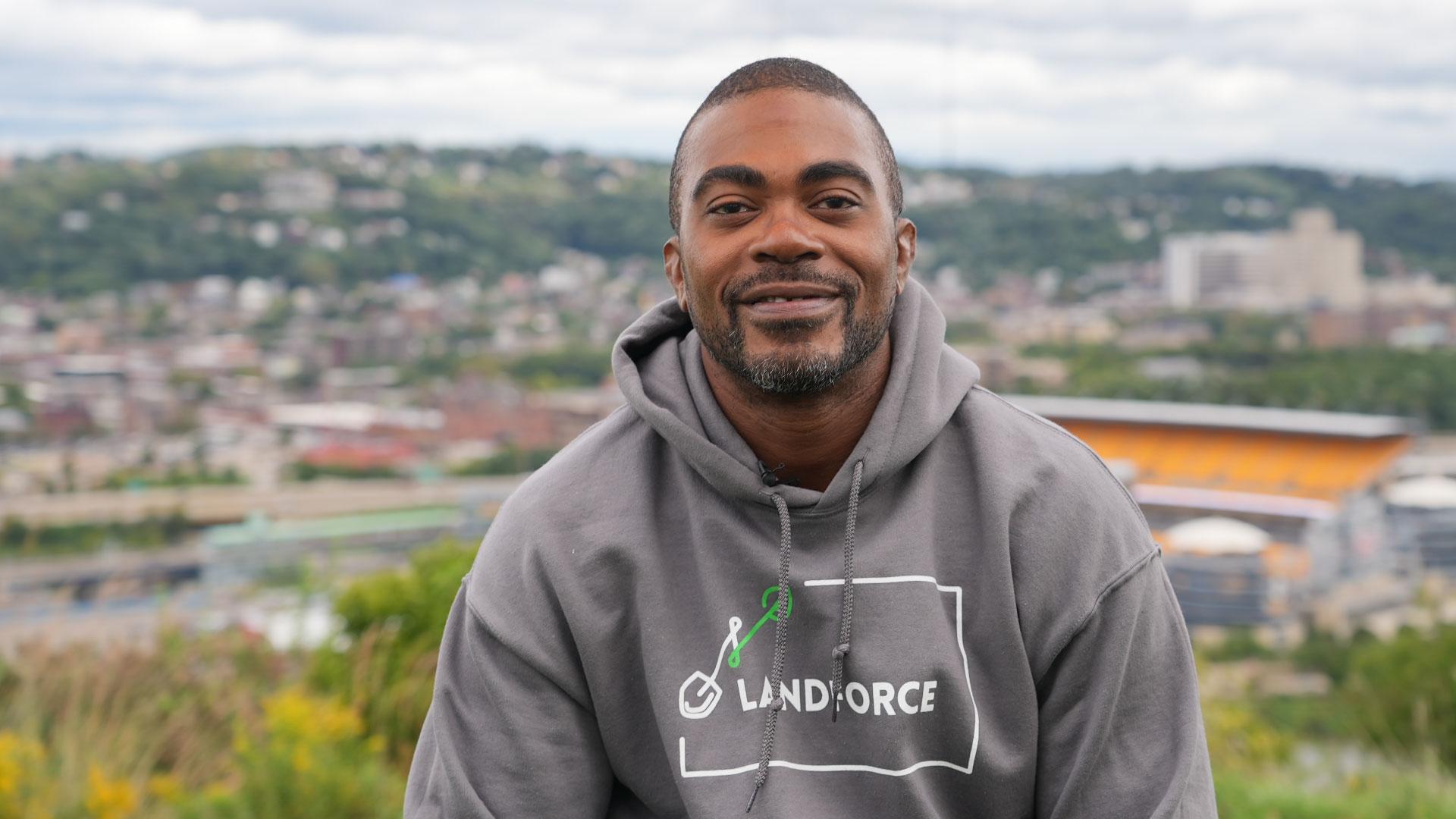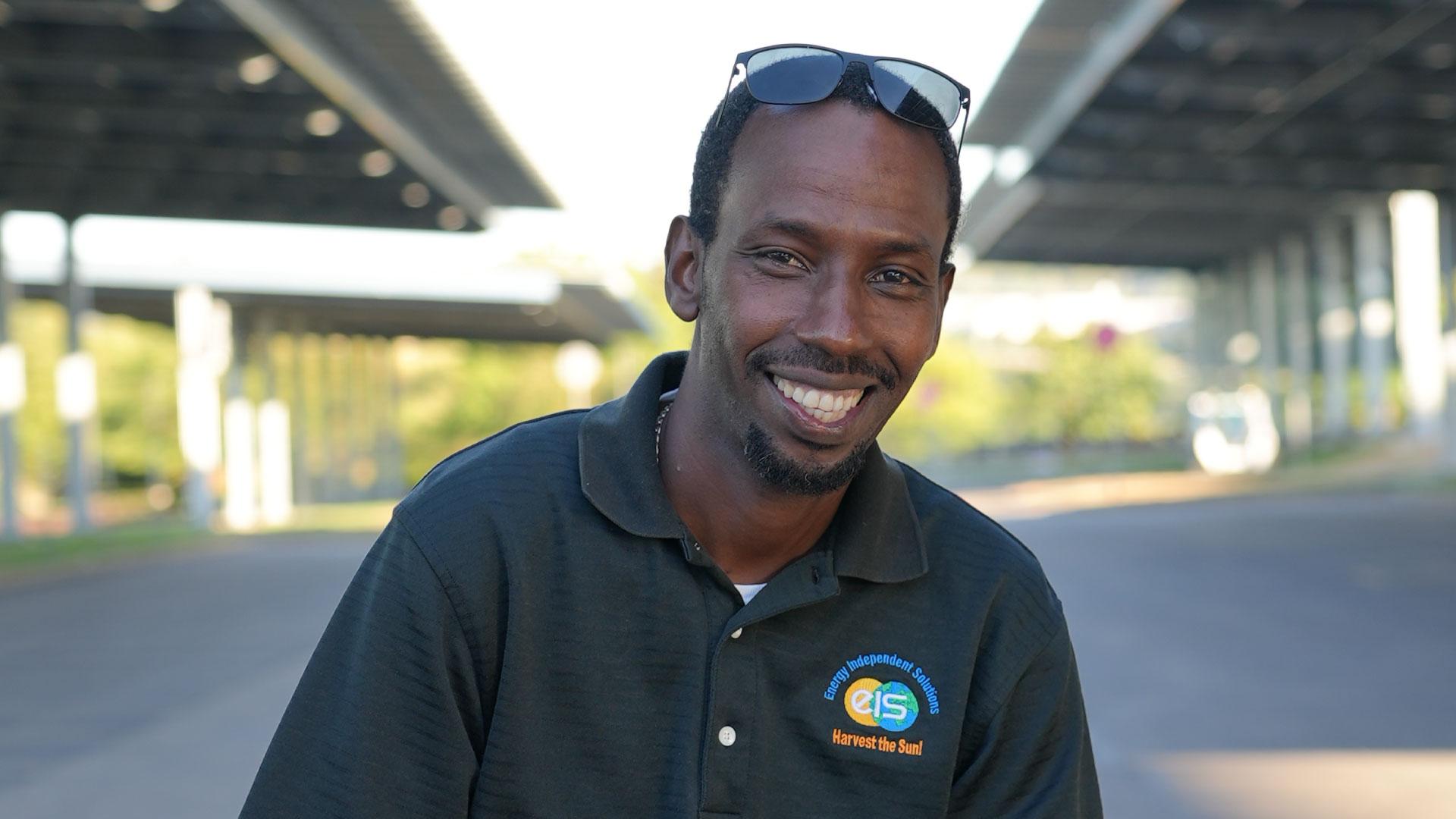Clara Kitongo: Going to the Roots to Find Your Climate Superpower
In this Episode
Clara’s Story
Trees are a critical solution for climate change. They help draw down carbon from our atmosphere, restore the land, provide a refuge in shade and shelter, and create important connections between people and nature. Clara Kitongo, who was born and raised in Uganda, is the program coordinator at Tree Pittsburgh. She takes pride in educating and empowering youth through the One Tree Per Child Program. Listen as Clara shares her story, how she found the power of her voice, and her passion to be part of the solution.
Discussion Questions
One of the most important things you can do when it comes to climate change is talk about it.
- Drawdown’s Neighborhood: Pittsburgh features everyday people who are incorporating climate into their careers. What is the role you can play to help the world reach drawdown? If you are already taking action, what are ways that you can take your climate leadership to the next level?
- Representation matters, and it has played an influential role in Clara’s career. Clara shared that her childhood dream was to become a teacher and a musician, but those professions were discouraged by those around her, and she didn’t see a path to realizing those dreams. Clara found courage in role models like Wangari Maathai, who founded the Green Belt Movement, which is responsible for planting more than 51 million trees in Kenya to date. Who is someone who has been a role model in your life? What are they inspiring in you?
- Trees are an important part of the climate solution. They play a big role in carbon sequestration, drawing down carbon from our atmosphere, and protecting and restoring lands. They also help people connect with nature. Clara says that planting trees is a capital project for the future, growing 10–20–30 years from now they will still be helping our planet. Planting a tree is a tangible action that you can feel. Getting in the dirt and using your hands to plant a tree feels great and it gives hope. Do you have a favorite tree in your community? How have trees been important in your life? Whether or not you have a close relationship with nature, what are some places where you can go to connect with nature where you live?
- As a Black person in Pittsburgh, an immigrant, Clara shares that “sometimes we don’t know we have a superpower…it can be hard to find your voice and place, to figure out where you fit in.” Clara noticed that most of the people working in the civil engineering field were older White men, something that she has also noticed working in the environmental field. Planting trees has helped Clara connect to her unique identity and to find the power of her voice to bring her true authentic self. The song Clara sings is about getting to the root of the things that matter. It helped her to embrace being willing to have uncomfortable dialogue about equity, understanding that it can lead to creating a more equitable and just world and to more professionals of color working in the environmental field. What would a more equitable world look like to you? What does it mean to bring your authentic self? What does that look like for you, and how do you think it could allow you to find the power of your voice?
- The climate crisis is a big problem, and it can feel overwhelming. Clara addresses feelings of disempowerment and anxiety about climate change, by asking what she can do to help. She says it is important to focus on what we can do, even if small because our actions add up. When working with children, Clara wants to empower them to know that when planting trees, you become “part of changing the fabric of what this city is going to look like in 20, 30 years from now and your hands have a role” in building the future. What are actions that you can take to address climate change, even if small? How can your actions add up to make a bigger impact? How do you feel knowing you can do something about climate change?
Learn More
Learn about the solutions in this story.
- Solution Sector: Land Sinks
-
For more on all of the Drawdown climate solutions, visit drawdown.org/solutions.
- Learn more about the work Clara does: Tree Pittsburgh, One Tree Per Child Program
Explore Climate Solutions 101, the world’s first major educational effort focused solely on solutions. This video series combines Project Drawdown’s trusted resources with the expertise of inspiring voices from around the world: drawdown.org/climate-solutions-101.
Take Action
Drawdown Ecochallenge is a fun and social way to take measurable action on the top solutions to global warming. Take the challenge, and see how a few weeks of action add up to a lifetime of change for you and the planet. If you want to take action on Land Sinks like Clara is, visit drawdown.ecochallenge.org/challenges/land-sinks.
- ChangeX connects people with proven ideas for strengthening communities with the resources needed to start them. Explore countless ways to improve your community and help the world reach drawdown.
Climate Generation's Green Careers for a Changing Climate Instructional Supplement (for Grades 6-8) contains resources to help young people learn about Green STEM Careers — careers that can help solve the impacts of climate change using STEM skills. Throughout this instructional supplement, students will be using the resource Drawdown to make important connections to solutions that these careers will implement.
Sign up to receive updates, provide ideas, and tell us how you might share Drawdown’s Neighborhood in your community.



